With straw prices at peak prices, farmers are being forced to look at alternative bedding options for their livestock.
The recent increase in straw prices has forced farmers to look elsewhere for their livestock bedding. In this article, we discuss alternative bedding options and their effectiveness as a bedding medium.
Option 1: Paper
Meadow Quality Rating: 3 /10
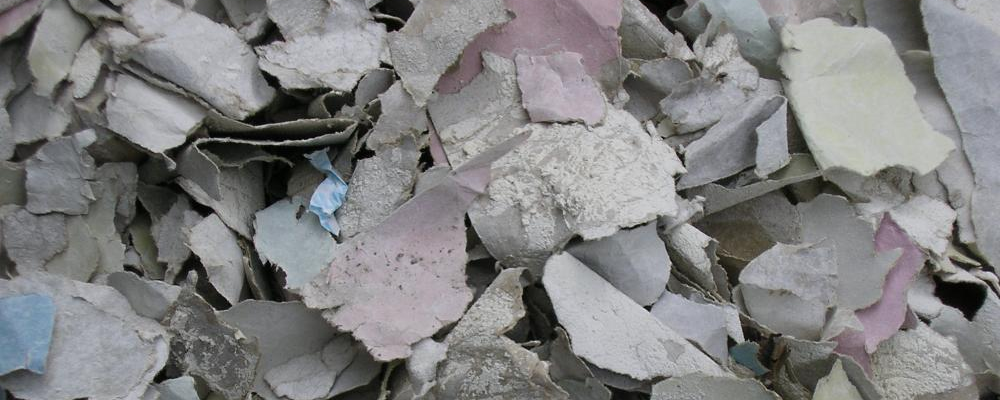
Wastepaper can act as a comfortable and affordable alternative bedding option. Paper can come from numerous sources, including recycled plasterboard. Recycled plasterboard paper is called paper gypsum. It is mechanically removed from plasterboard and is very highly absorbent. Some sources claim that paper gypsum reduces ammonia, foot & hoof issues, and problems such as dermatitis/ mastitis.
However, once wet, paper can be problematic. Our colleagues in the industry have reported that wastepaper bedding can become sticky and can set (like concrete) in certain areas of the pen.
Once used, paper can be spread on your land, if it is shredded small enough for grass to grow through it.
Option 2: Husks
Meadow Quality Rating: 5 /10
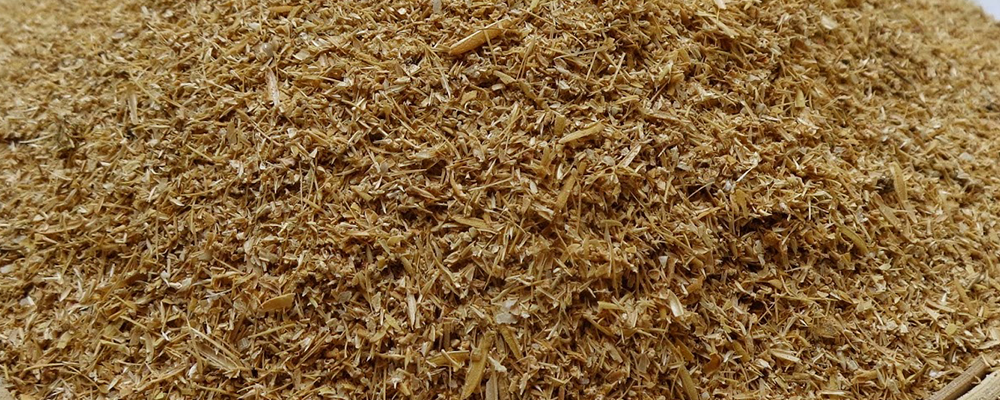
Crushed husks are an interesting alternative to straw. The product is produced from the husks of milled cereals, such as wheat – a fine example of the agriculture industry leaving nothing to waste. Husks are a soft, dry, and absorbent bedding option which is less dusty than other fine ground products and does not set hard like some bedding mediums. The crushing process makes husks less abrasive and therefore more comfortable for your livestock. It is also readily available all year round.
Like many bedding options, crushed husks require plenty of dry storage space. Husks can be a breeding ground for bacteria, so we recommend mixing in some anti-bacterial bedding powder to reduce risk of mould and infection. Crushed husks is a biodegradable by-product of cereal farming, once used, the product can be spread onto your land.
As a guide a tonne of husks will cover approximately 100-120sqm, at an approximate depth of 5cm.
Option 3: Sawdust
Meadow Quality Rating: 7 /10
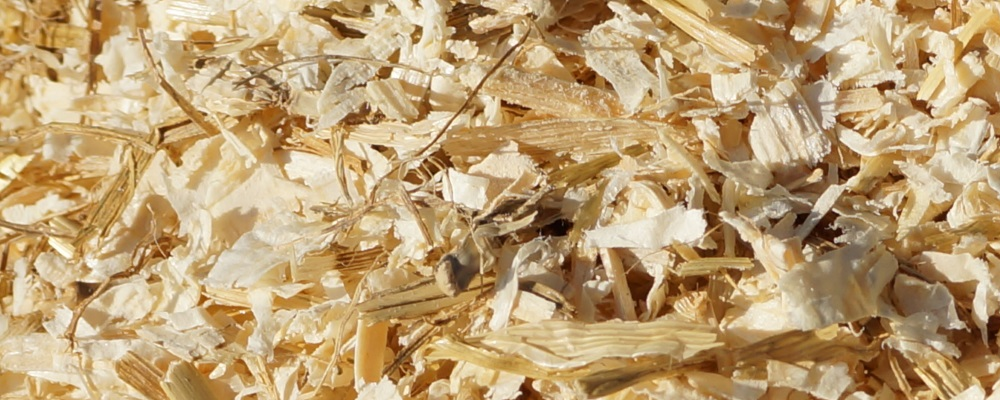
As a bedding suggestion, sawdust is soft, comfortable, and very clean, but must be properly maintained and managed. It is highly absorbent and will soak up urine, reducing the risk of puddling.
When it becomes damp, sawdust can become a perfect environment for the growth of bacteria and mould. Your sawdust bedding must be regularly cleaned out and replaced with fresh sawdust to maintain high hygiene conditions for your cattle.
Sawdust must come from virgin wood – wood from tree surgeons, sawmills, and other outlets where the wood has not been manufactured or contaminated. Non-virgin wood – treated timber products, MDF or chipboard – can be dangerous to livestock due to chemical treatments, adhesives, and other foreign objects, such as screws, staples, or nails.
Sawdust once used; can be a carbon-rich product to spread onto your land but only if the sawdust has come from virgin wood.
A tonne of sawdust provides a similar coverage to crushed husks.
Option 4: Woodchip
Meadow Quality Rating: 8 /10
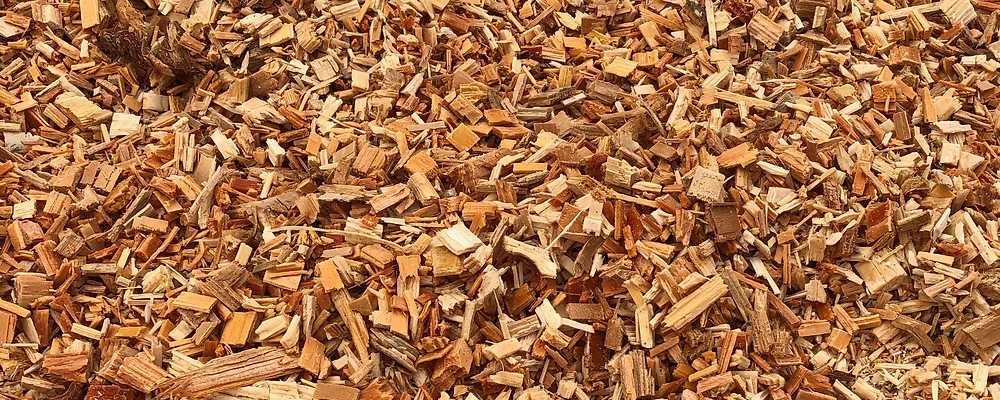
Woodchip, another wood waste product, is a clean and reusable bedding option. As a robust medium, it can be stored and reused for more than one winter. It is welfare friendly and highly absorbent, promoting cleanliness in livestock pens. When compared to sawdust, woodchip has much less dust contamination, thereby reducing any damage to your livestock’s respiratory systems. Woodchip also suppresses bacterial growth, staying cleaner for longer.
Although reusability is a benefit, woodchip requires a sheltered space which must be waterproof. There is also a risk that woodchip may contain foreign objects (e.g. staples and screws) which can cause injury to your livestock, if not properly screened. During our 45 years within the industry, we have heard of farmers finding metal products, plastic and even glass fragments in their woodchip…beware!
Woodchip from virgin wood can be spread onto the land once it has fulfilled its usefulness – if you choose not to store woodchip for the following year.
27tonnes will cover 800sqm at a recommended 10cm depth.
Option 5: Bracken and Rushes
Meadow Quality Rating: 4 /10
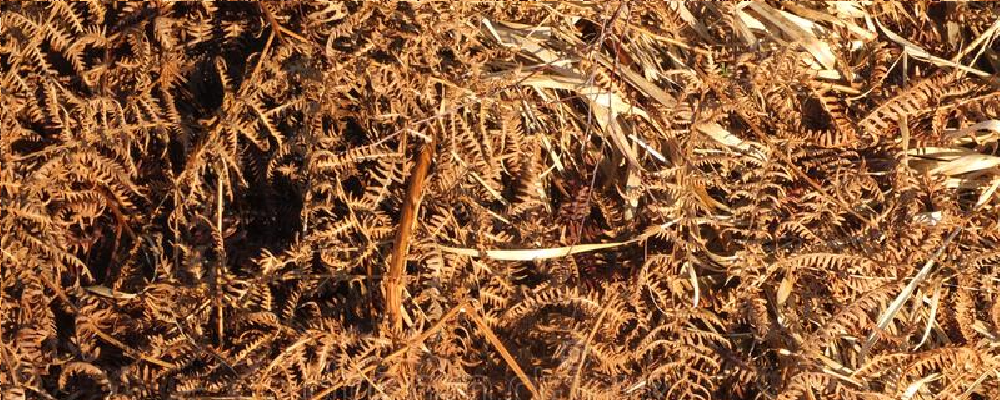
Bracken and rushes are long-lasting and readily available choices for livestock bedding. Both can be home-grown and, due to their hardiness and ability to colonise fertile ground, farmers can be confident in sourcing a very cheap and ongoing supply when needed.
Although bracken and rushes are a reliable and cheap source of bedding, some studies suggest that bracken may cause bladder lesions or carcinomas and even haemorrhages to cattle. There is also evidence to say that lice can be problematic within rushes that have been left unmanaged. They require plenty of dry storage space to dry out before being used as bedding. Neither option is as absorbent as other mediums suggested above.
Bracken and rushes, once finished as bedding, will break down quickly and add nutrients to your muck heap, ready for spreading.
Some useful links for livestock bedding:
AG Products
Enviro Systems
A.W. Jenkinson Woodwaste
Can Meadow Quality help you with your livestock requirements? Email info@meadowq.co.uk, call 01789 734100 or find out more from our Livestock Information Hub.

